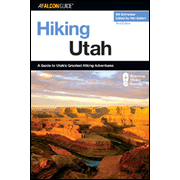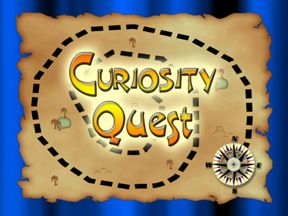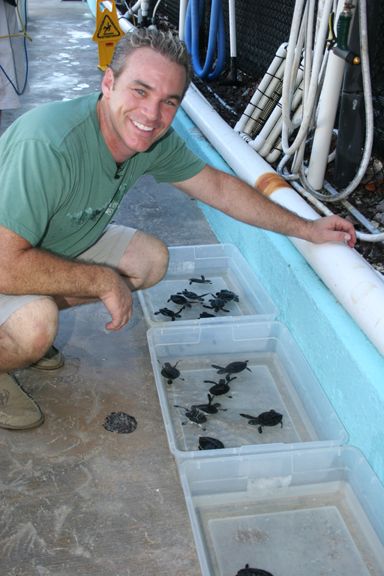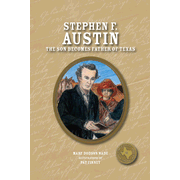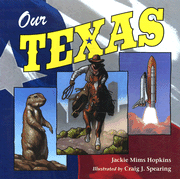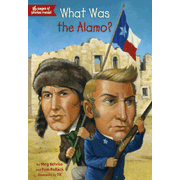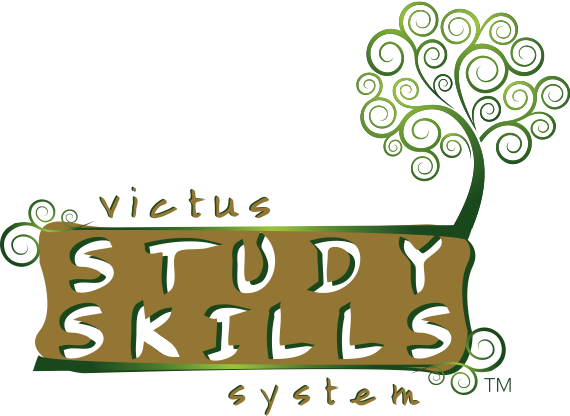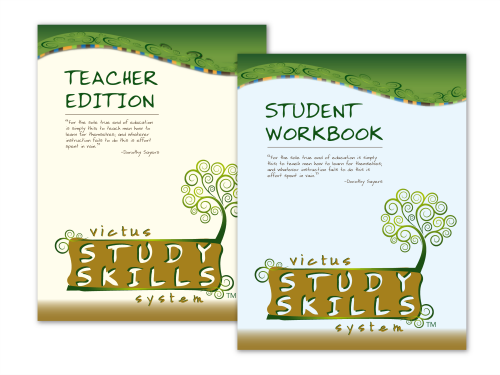I'm going to take a temporary diversion from the 50 states. I will post about Vermont tomorrow. I wanted to talk about something that has been on my heart for the past few days. I would be remiss if I didn't share it.
I often hear women complaining about their husbands—what they don't do, what the wives wish they would do, how they just "don't understand me." I am not perfect; I have had my fair share of gripes.
We could just bat away the gripes and complaints by stating that that is just how married people are the longer they are married. Well, I don't like that answer. I love my husband, and I want to have the BEST marriage possible, not one where I constantly complain because my marriage doesn't meet my expectations. I don't want to be discontent because my husband doesn't meet my expectations.
Your knee-jerk reaction may be to comment on this post and tell me that it is not within my rights to have expectations and that that is what my problem is. Please don't comment yet, just keep reading.
As mothers we are teachers; it comes with the territory. You may not be a public school teacher. You may not even homeschool. If you have children, though, you are a teacher. Most mothers spend time teaching their children basic preschool skills when they are young like colors, numbers, and shapes. Most mothers, hopefully, teach their children to respect others and be kind. They teach things like "Please," "Thank you," and "You're welcome." As teachers, we set expectations on our "students." As they are taught colors, we expect that they will eventually know them without needing help. We expect that our children will one day be able to read without our needing to read to them. We hope that, as they mature, they will be polite and respectful to others when we are not around to remind them of their responsibilities.
I think we are so immersed in this role that we are unable to remove ourselves from it when it comes to our husbands. We continue to teach. We continue to expect.
The Bible tells us to train up our children. I don't know of one passage that tells us wives to train up our husbands. Our husbands are grown. It is not our job to train them; that has hopefully been done already. We are to respect our husbands, build them up, thank them for loving us and providing for us and protecting us.
I hope that all husbands desire to grow and mature as fathers and husbands. For that, though, they need to go to God and allow the Holy Spirit to teach them. They need to go to older, wiser men who can mentor them. It is not our job. We don't know what they need. We think we do, but we really don't. Some women may think they understand men, but they don't, just like men don't understand women.
How would you finish this sentence: I expect my husband to...?
Now, what was your attitude when you finished that sentence?
Who were you really thinking of?
Most of the time we say things like, "I expect my husband to mow the lawn" or "I expect my husband to know what I'm thinking." (That one is hilarious.) Let me address that second one. The only way your husband will ever know what you are thinking is if you tell him. He will not be able to read your mind. (Hey guys, this goes both ways.) If he seems quiet and distant, he is probably deep in thought about something which has absolutely nothing to do with you. If you are curious, ask him politely, not accusingly, "What has you so deep in thought? Is there anything I can help you figure out?" DON'T MAKE IT ABOUT YOU! Did you enter marriage expecting to be in charge or thinking that you'd get everything you wanted the way you wanted it? If so, you'd better correct your way of thinking or there will be two very unhappy people for a long time.
Instead of expecting our husbands to satisfy our every whim and desire, perhaps we can turn that expectation around and find out what we could and should expect from ourselves. If we could objectively view ourselves and tell ourselves what we expect from ourselves in our marriage, we might have a better perspective on things. We may be more content.
I could say, "Tammie, I expect that today you will call your husband and tell him that you love him and ask him how his day is going."
"I expect that you will pray for your husband everyday."
"I expect that you will not be snippy with him."
"I expect that you will not hit him up with a to-do list as soon as he walks in the door after work" (or after you get home from work, if you are the one who goes outside of the home).
"I expect that you will teach your children, from a very early age, to respect their dad and obey him."
Could you expect any of these things from yourself? What other things could you expect?
Better yet, what does God expect from you as a wife? I know for certain he does not expect you to teach your husband. I know for certain that it is not for you to expect things from him. Who are we as wives to judge our husbands and the progress they are making in life? What is the standard by which we measure them? Ourselves? Wow, I hope not! We are no better than they are.
Let's vow to change the stereotype. Let's be thankful wives with expectations of ourselves to show love and respect and to stop being the martyr in our marriages. It really IS NOT all about us!





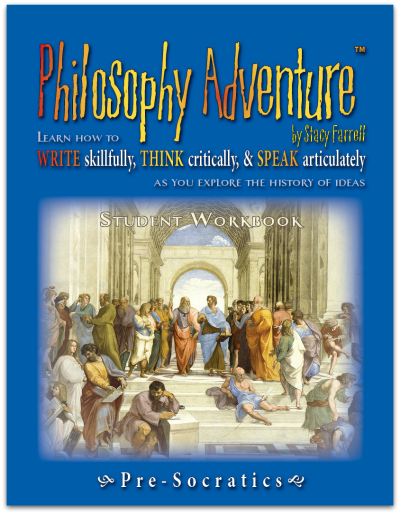
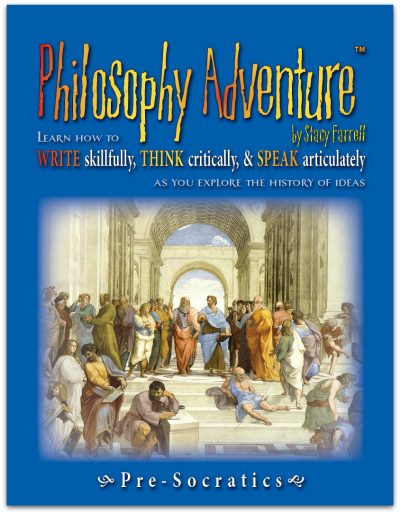




![22687DF: Utah State History Lapbook Journal - PDF Download [Download] 22687DF: Utah State History Lapbook Journal - PDF Download [Download]](http://ag.christianbook.com/g/product/2/22687df.gif)


